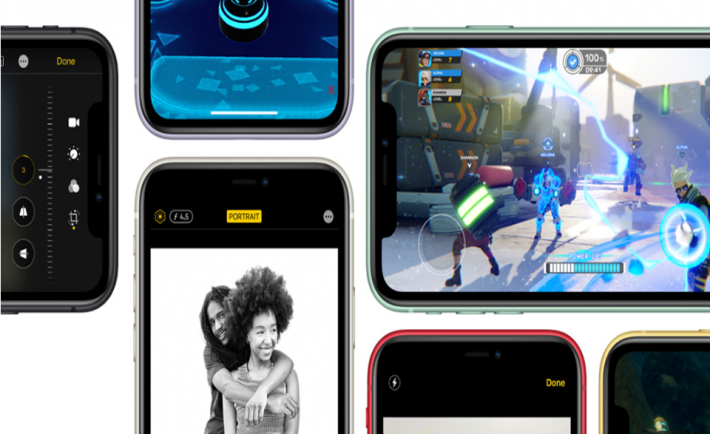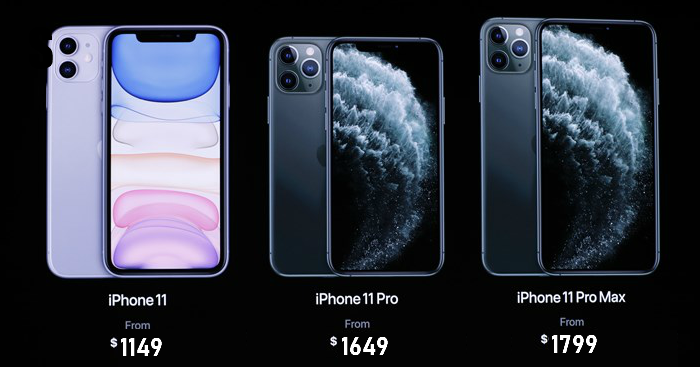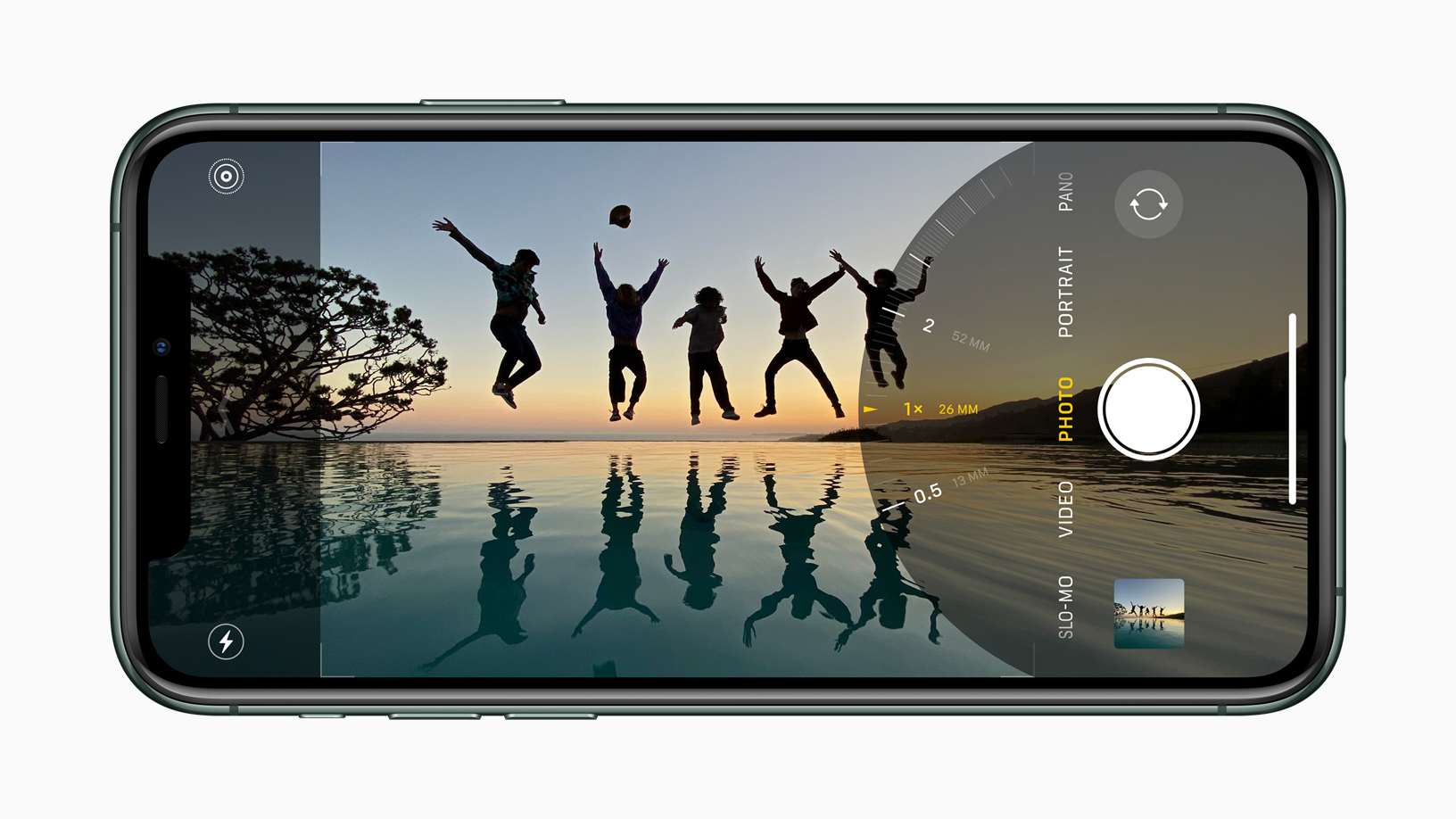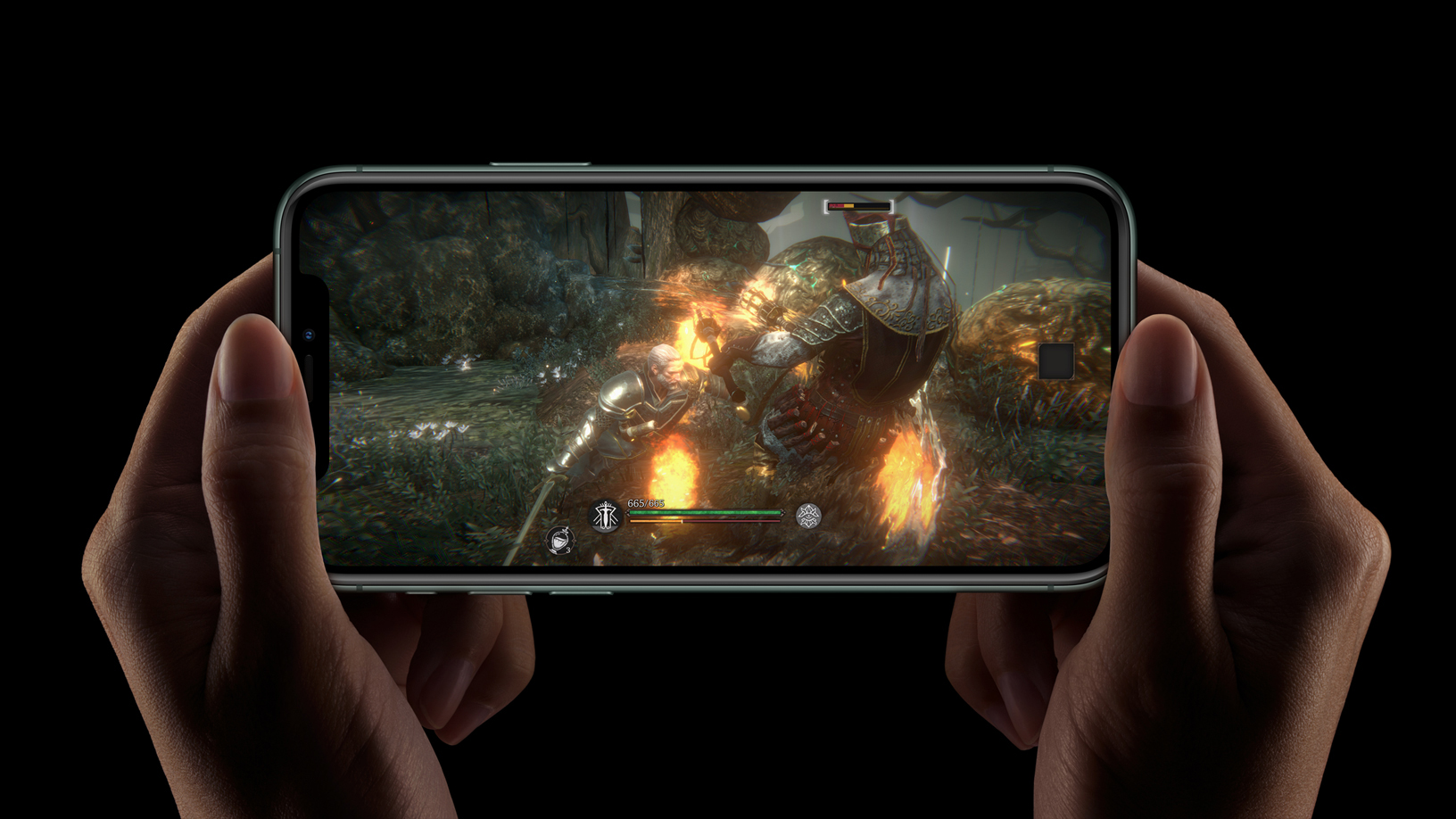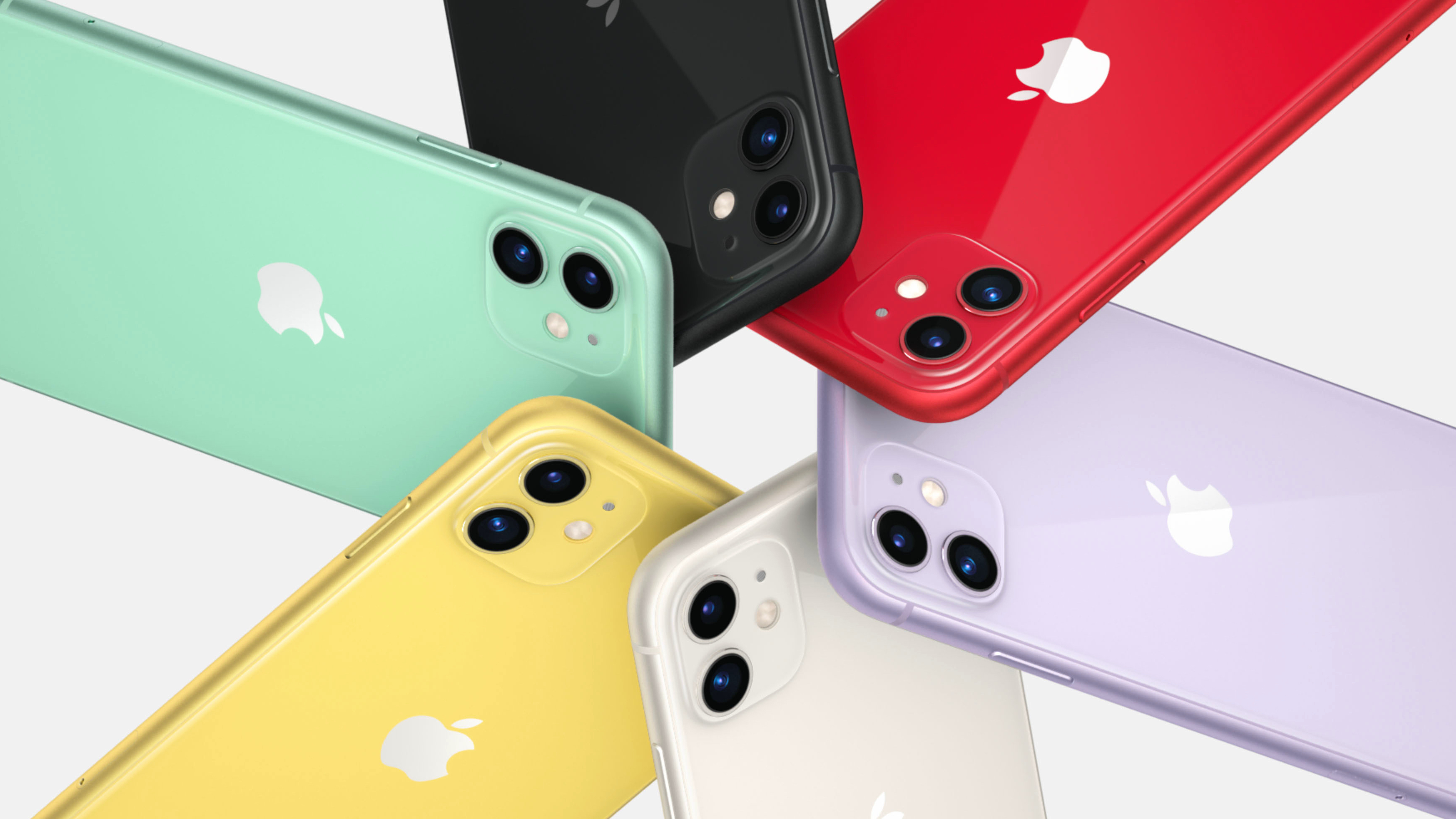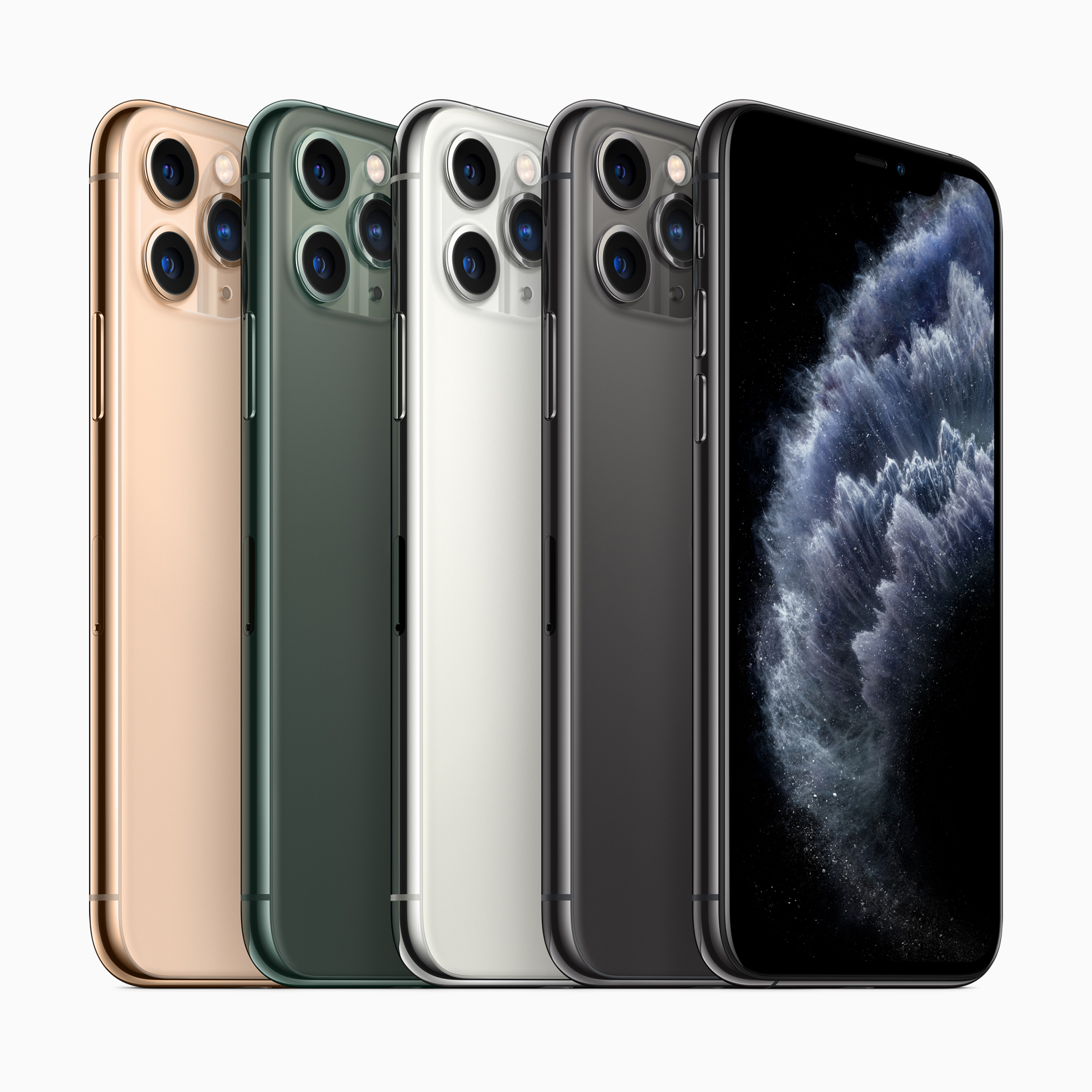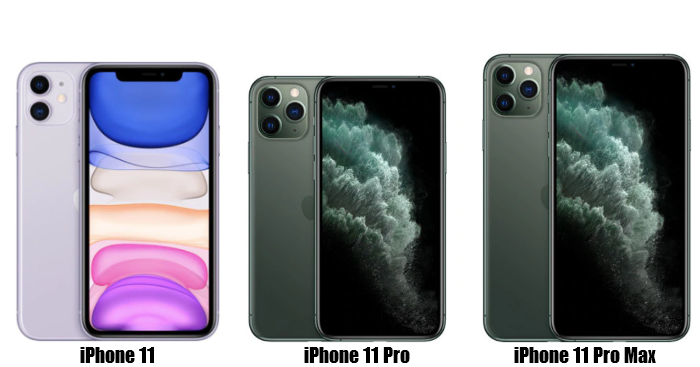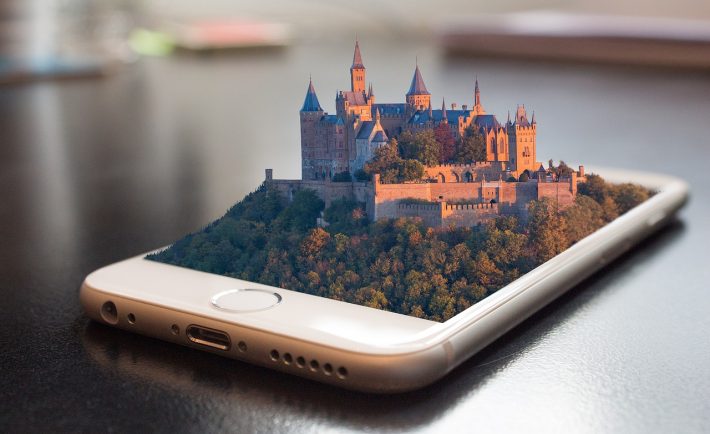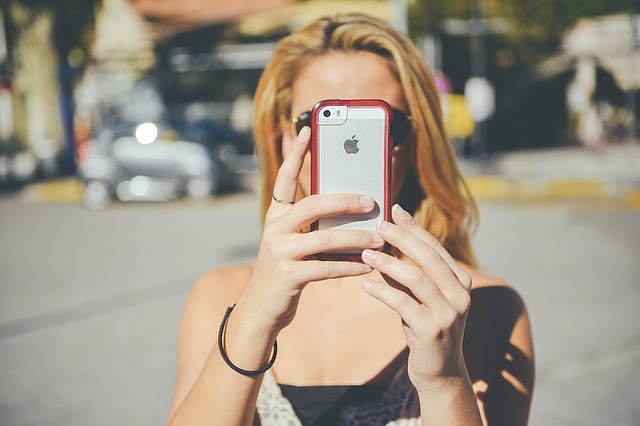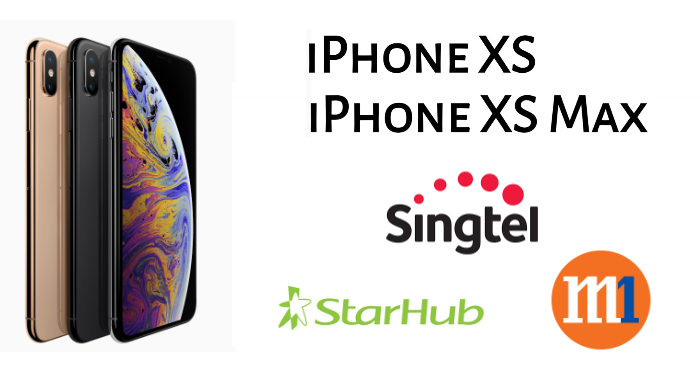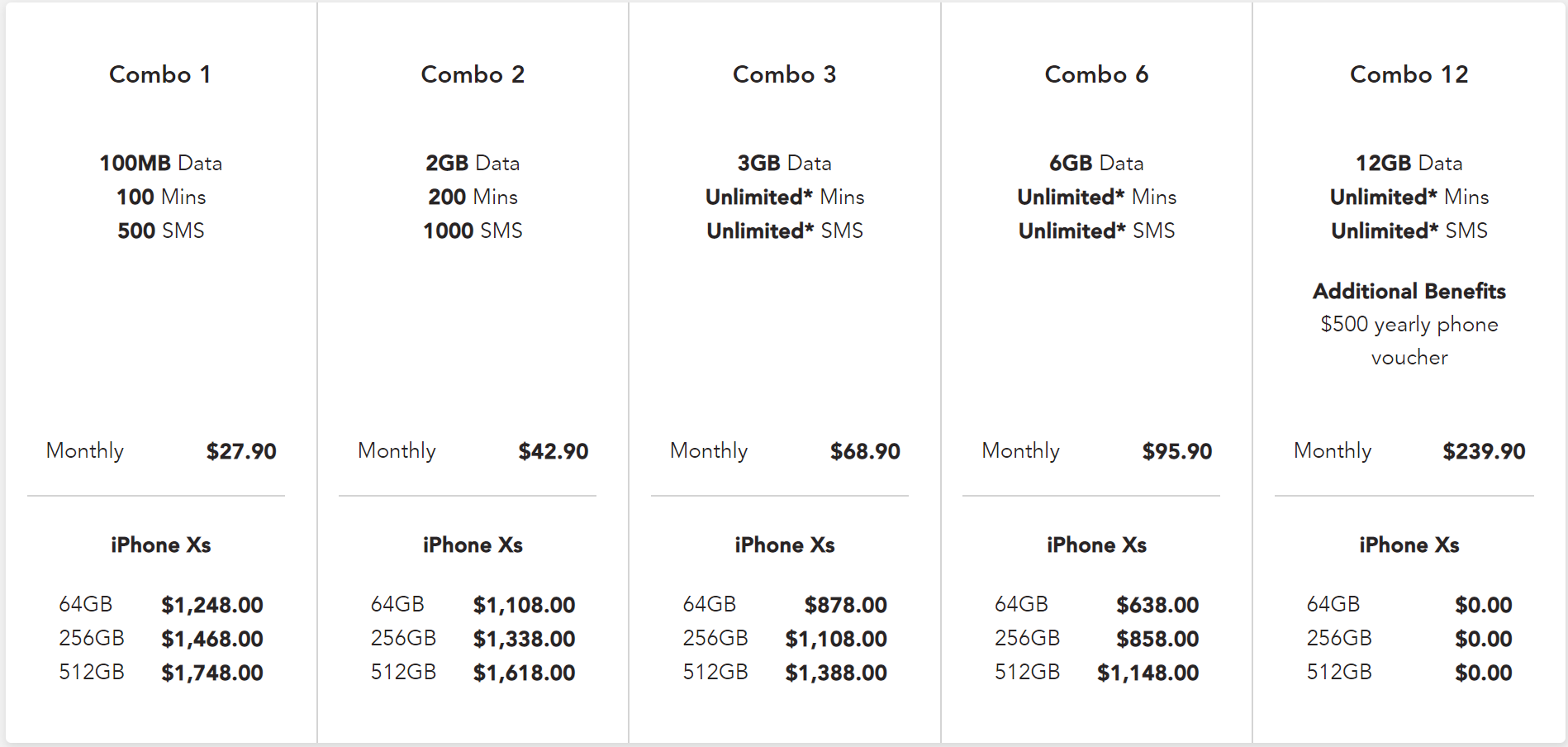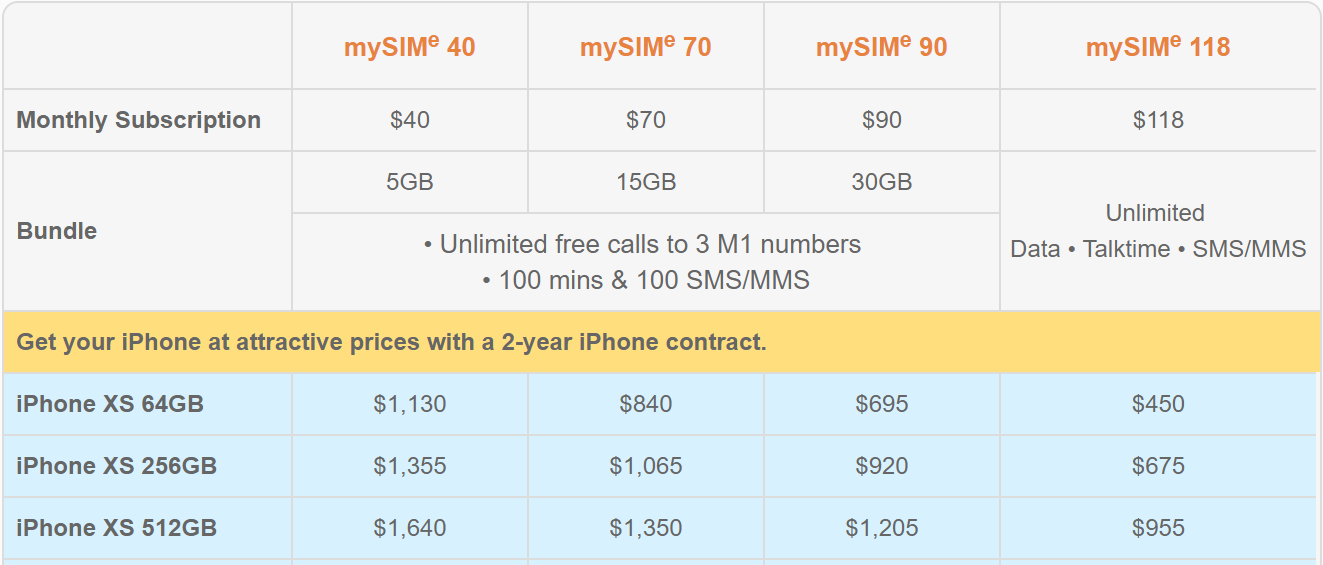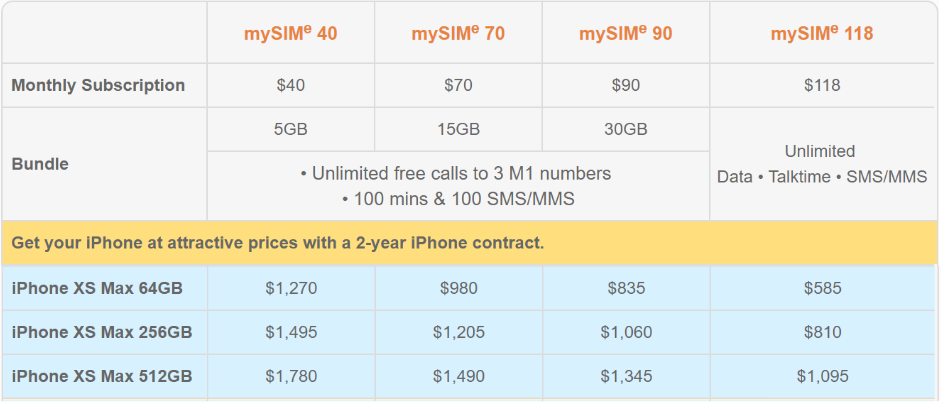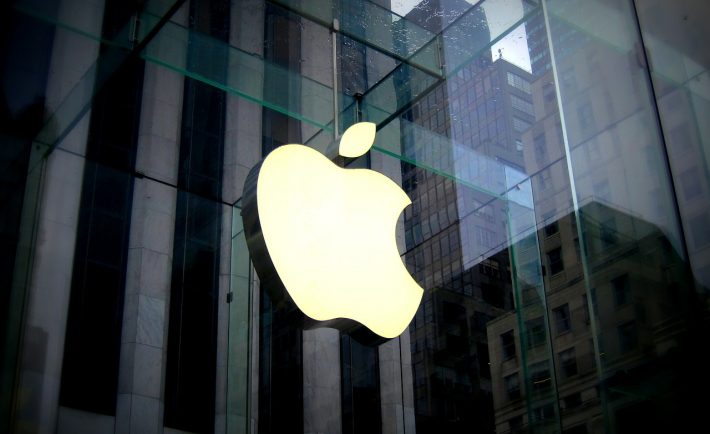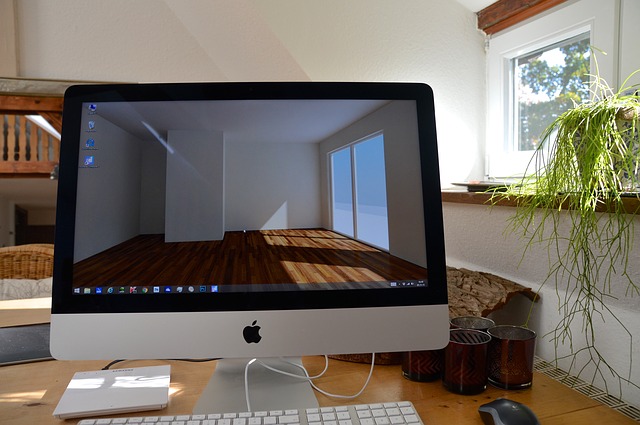Our society encourages the untouchable association people have with their phones. Picture a get-together with friends. Once the food is laid out nicely, you will notice the smartphones rise up to capture the perfect #foodporn moment.
This association and dependency with the smartphones led to the increase in smartphone shipments per year. However, consumer insight research firm Strategy Analytics stated that global smartphone shipments fell 3% in the second quarter of 2019. This is in comparison with the same period and statistics last year.
Apple captured about 11% of the global smartphone market share in the second quarter of this year. This is a drop from the 12% of share during the same period last year.
Will this percentage change as they launch a new set of iPhones? Let us wait and see!
Last Sept 10, Apple announced its new set of iPhones during a media event held in Steve Jobs Theatre. The launch introduced us to the iPhone 11, iPhone 11 Pro, and iPhone 11 Pro Max.
With prices starting at S$1,149, the beaming iPhone 11 is available in 64GB, 128GB and 256GB storage capacities. While, the iPhone 11 Pro starts from S$1,649. This is available in the storage capacities of 64GB, 256GB and 512GB. Lastly, iPhone 11 Pro Max starts from S$1,799. Sales for this new series will begin on September 20 (Friday).
The iPhone 11 will be available in six colours including the glistening purple and green. While, the iPhone 11 Pro and Pro Max will come in white, rose gold, space grey, and midnight green. These new colors can excite many Apple enthusiasts.
The main difference between the iPhone 11 and the two Pro models is that the former uses LCD display while the latter uses OLED display. Choose which one suits your preference and needs. One thing is for sure, they all come with an extra camera. This extra camera has been a subject to many memes. Don’t get me started with the Terminator phone case!
Apple marketing chief Phil Schiller highlighted that the new triple-camera system is the first mechanism that the company can claim to be “professional”. These cameras feature an ultra wide-angle and wide-angle camera.
What’s more? The iPhone 11 series’ camera system comes with a Night mode. This is similar to Google Pixel 3’s Night Sight feature, which allows high dynamic range with sharp details in night photography. All models contain the latest A13 Bionic processor, which the company claims to be the fastest chip on a smartphone.
Ultimately, the starting cost of the iPhone 11 series (S$1,149) can buy 105 boxes of Panadol capsules or 410 McDonald’s Cheeseburgers. Isn’t that amazing?

